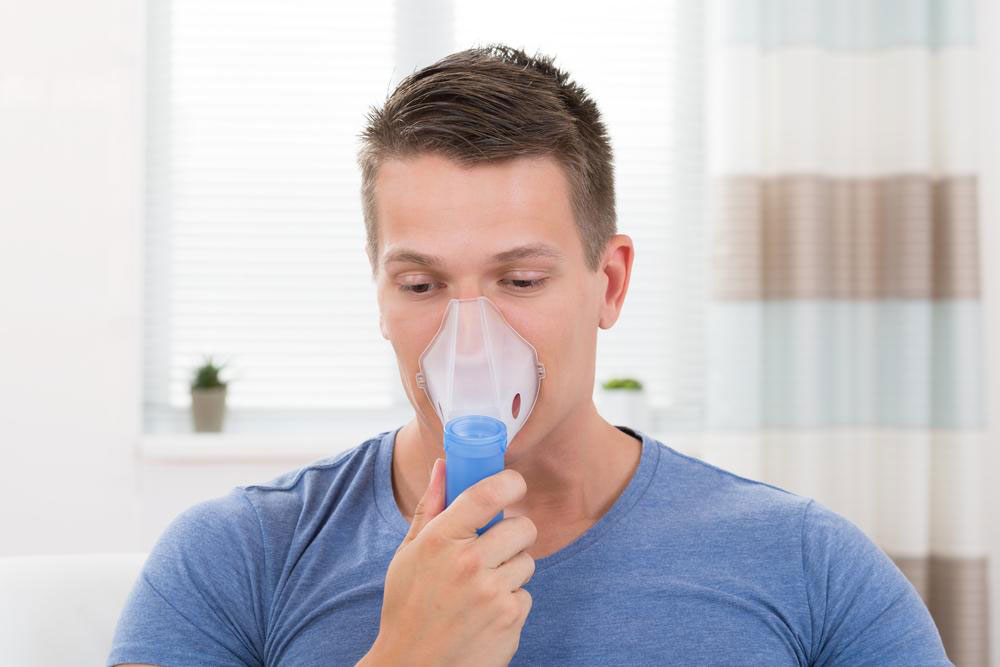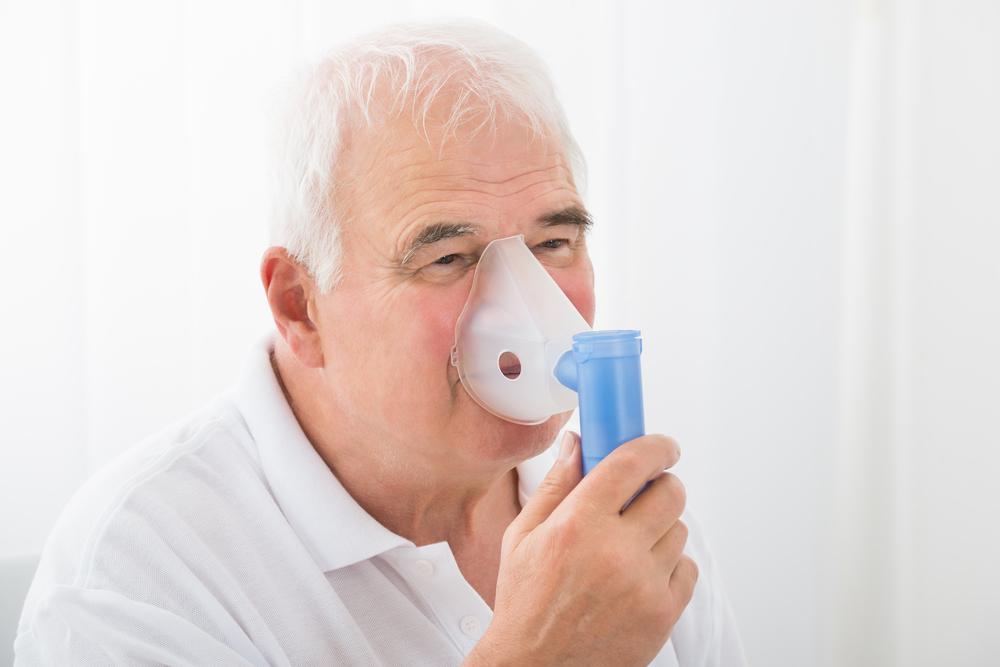Comprehensive Guide to Inhaler Options for Managing COPD Symptoms
This comprehensive guide explores various inhaler options for managing COPD symptoms, including short-acting, long-acting, and steroid inhalers. Understanding their functions, benefits, and proper usage helps patients achieve better disease control, reduce flare-ups, and improve their quality of life. Regular consultation with healthcare providers is essential for personalized treatment plans that address individual needs effectively. This detailed overview empowers COPD patients with knowledge to make informed decisions and adhere to prescribed inhalation therapies for optimal health outcomes.

Comprehensive Guide to Inhaler Options for Managing COPD Symptoms
Chronic Obstructive Pulmonary Disease (COPD) is a chronic, progressive lung disease characterized by airflow obstruction that worsens over time. It is a leading cause of morbidity worldwide, affecting millions of people across diverse age groups. Managing COPD symptoms effectively is crucial for improving patients' quality of life and preventing frequent exacerbations. While there is currently no cure for COPD, various treatment strategies, especially inhaler therapies, play a vital role in alleviating symptoms and preventing disease progression.
Inhalers serve as one of the most efficient methods to deliver medications directly into the lungs, allowing for targeted treatment with fewer systemic side effects compared to oral medications. They enable quick symptom relief and sustained control, depending on the type of inhaler used. Navigating the different inhaler options can be challenging, especially for new patients or caregivers. This comprehensive guide aims to inform you about the most common and effective inhaler types used for managing COPD symptoms, their mechanisms, appropriate usage, and considerations for choosing the right inhaler under medical supervision.
Understanding COPD and Its Impact
Chronic Obstructive Pulmonary Disease encompasses conditions like emphysema and chronic bronchitis. It is primarily caused by long-term exposure to airborne irritants such as cigarette smoke, air pollution, occupational dust, and chemical fumes. The disease results in airflow limitation, lung tissue destruction, and airway inflammation, leading to symptoms such as persistent cough, mucus production, wheezing, shortness of breath, and fatigue. As the disease advances, daily activities become increasingly difficult, significantly affecting patients' independence and overall well-being.
Effective management of COPD focuses on controlling symptoms, preventing flare-ups, and improving exercise tolerance. While lifestyle modifications like smoking cessation and pulmonary rehabilitation are fundamental, pharmacotherapy remains a cornerstone of treatment, with inhalers playing a central role.
Type of Inhalers Used for COPD Management
Inhalers are broadly categorized based on their mechanism of action and purpose. The main types include short-acting bronchodilators, long-acting bronchodilators, and inhaled corticosteroids. Each serves a specific role in symptom management and disease control. Understanding their differences can help patients and healthcare providers develop an individualized treatment plan.
Short-Acting Bronchodilator Inhalers: Rapid Relief
Function and Mechanism: Short-acting bronchodilators, also known as rescue inhalers, work quickly to relax airway muscles, providing immediate relief from acute symptoms. They are typically used on an as-needed basis during sudden shortness of breath episodes.
Common Types: The most common include beta-agonists like albuterol (salbutamol) and levalbuterol. Antimuscarinic agents like ipratropium are also used for rapid relief.
Onset and Duration: Beta-agonist inhalers generally produce relief within 5 to 15 minutes and last around 3 to 6 hours. Antimuscarinic inhalers may take up to 15 minutes to act but have a similar duration.
Usage Considerations: These inhalers are vital during sudden exacerbations but should not replace daily maintenance therapy unless prescribed for rescue use.
Long-Acting Bronchodilator Inhalers: Sustained Symptom Control
Purpose and Function: Long-acting bronchodilators are designed to provide extended relief over 12 to 24 hours, reducing the need for frequent dosing. They help maintain open airways and prevent symptoms from worsening.
Types: These include Long-Acting Beta-Agonists (LABAs) like salmeterol and formoterol, and Long-Acting Antimuscarinic Agents (LAMAs) such as tiotropium and aclidinium.
Benefits and Usage: Suitable for daily use, especially in patients with persistent symptoms. They are often combined with inhaled corticosteroids for enhanced control.
Administration and Monitoring: Usually taken once or twice daily, these inhalers require proper technique for maximum efficacy. Regular follow-up ensures optimal dosing and effectiveness.
Inhaled Corticosteroids: Reducing Inflammation
Role and Mechanism: Inhaled corticosteroids (ICS) are medications that reduce lung inflammation, decreasing the frequency and severity of exacerbations. They are particularly beneficial in patients with frequent flare-ups or severe COPD.
Common Medications: Examples include fluticasone, budesonide, and beclomethasone. Often, ICS are used in combination with long-acting bronchodilators for comprehensive control.
Benefits and Considerations: While effective in controlling inflammation, ICS may increase the risk of side effects like oral thrush or hoarseness if not used properly.
Usage Tips: Rinsing the mouth after inhalation can minimize side effects. The healthcare provider will determine if ICS are appropriate based on the severity and frequency of exacerbations.
Choosing the Right Inhaler: Key Factors
Choosing the most suitable inhaler involves assessing the patient's symptoms, disease severity, coordination ability, and preference. Proper training on inhaler technique is crucial to ensure medication effectiveness. Healthcare providers often recommend a combination approach, integrating quick-relief inhalers with maintenance therapy for optimal control.
Patients should have regular check-ups to evaluate inhaler technique, adherence, and disease progression, adjusting treatment plans as needed.
Conclusion
Managing COPD effectively requires a comprehensive understanding of available inhaler options. Whether providing immediate relief or long-term control, each type of inhaler plays a vital role in managing symptoms and preventing exacerbations. Collaborating closely with healthcare professionals ensures the right treatment approach, maximizing health outcomes and improving quality of life for those living with COPD.





